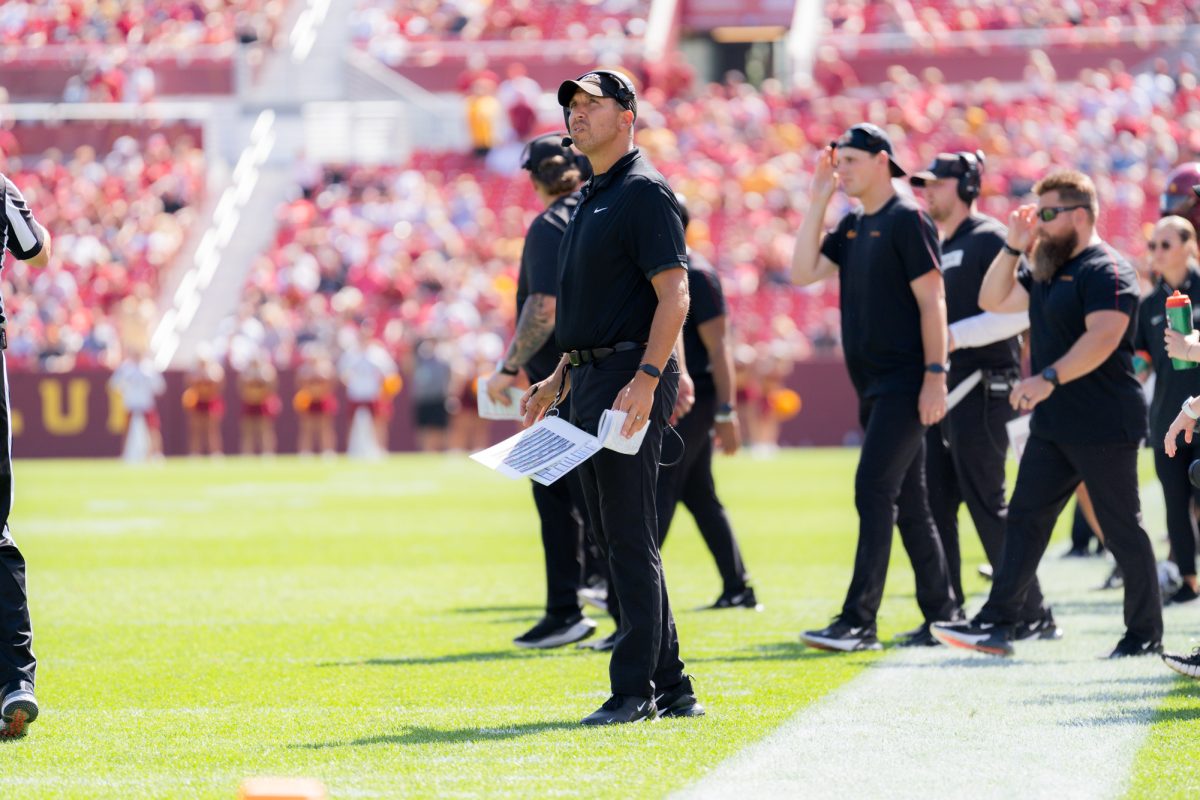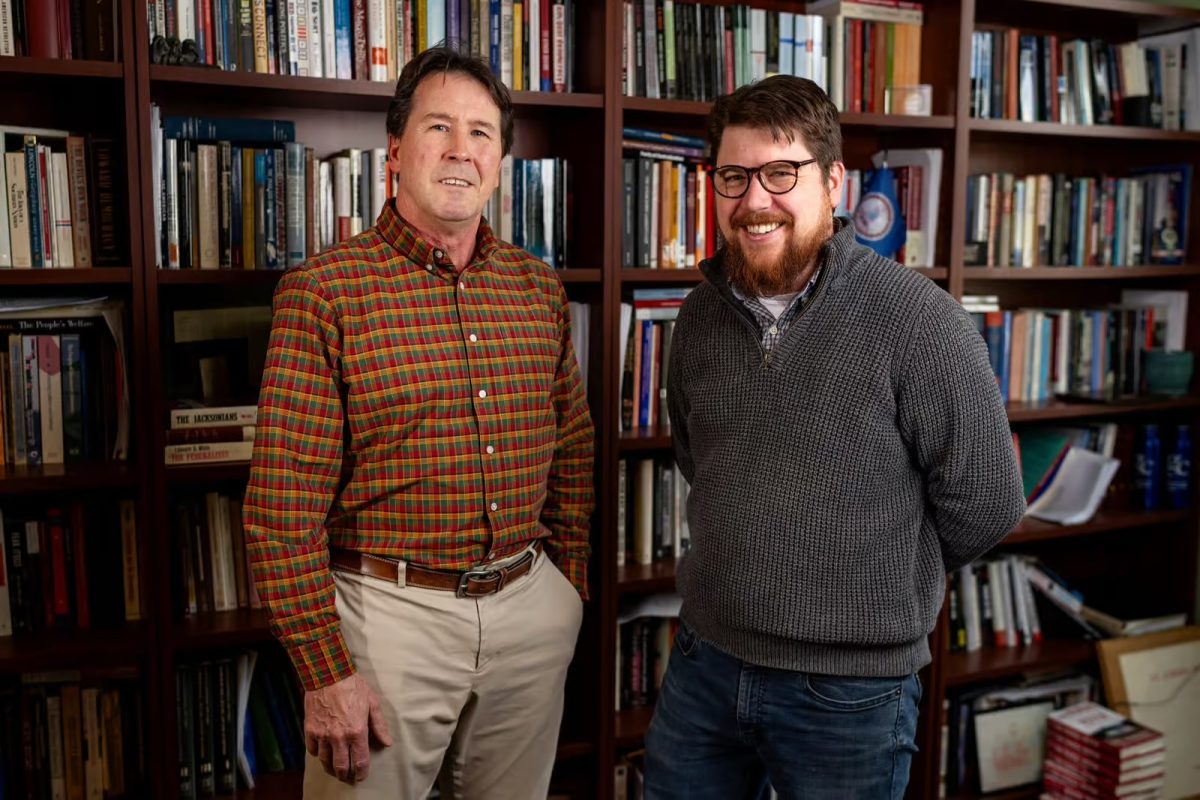Detection can help prevent breast cancer
October 1, 1998
In August, a middle-aged Midwestern woman visited her doctor for a mammogram. Since there had been no previous instances of breast cancer in her family, this woman hadn’t been as vigilant about going in annually for a mammogram as experts had advised. Why should she spend the money to search for something that wasn’t there and was never going to be there?
She spoke those words too soon.
Instead of the all clear the doctors had sounded in the past, a nurse called the woman when the results came back and asked her to return for another mammogram. It seemed that an abnormality had been found in her breast.
“Don’t worry,” the woman assured everyone around her. It was nothing. She had exhaled before the technician had stopped scanning her breast, muddying the results of the test. The next time in the office would prove that everything was OK.
It wasn’t. The results of that mammogram showed that there was definitely something there. A “scale,” as she would later describe over the phone to her daughter.
The next logical step was to go in and see if this invader was truly something that needed to be vanquished. The technician would put a needle into her breast and extract the scale, examining it for signs of cancer.
Luckily, this scale was benign, and my family and I breathed a sigh of relief. Why? This woman in question is my mother.
As the month of October reminds America, my mother wasn’t the only woman in the country to have a close call with breast cancer this year. In fact, according to the “Pink October” Web site, breast cancer cases are on the rise, with 184,000 being diagnosed each year.
The good news is that the National Cancer Institute tells us that 80 percent of all lumps that require biopsy are not cancerous, and of those that are, 92 percent of breast cancer cases can be cured through early detection. Still, America loses 44,000 women to the disease a year, and one in nine women will be diagnosed with breast cancer in her lifetime.
Many organizations have sprung up across the country to help eradicate breast cancer and educate the public since 1985. A pharmaceutical company created a week to educate the public about the disease, “Pink October” tells us. Former First Lady Betty Ford and her daughter appeared in a public service announcement, which ignited the public’s desire to know more about the disease.
Today, the public’s consciousness has been raised about breast cancer. Seventeen government agencies, as well as people all over the United States, recognize October as National Breast Cancer Awareness month. In the 13 years since the issue of breast cancer has been spotlighted, the National Breast Cancer Coalition was able to increase funding for research from $90 million dollars in the early ’90s to $595 million dollars in 1998.
BRCA1 and BRCA2, genes, if mutated, signify a higher risk of having breast, ovarian and uterine cancer, were found in the mid-’90s.
However, if America knows about the risk of breast cancer, why do so many people think that it can’t happen to them? The National Cancer Institute says that 75 percent of women who don’t have any attributable risk factors defined by the U.S. Department of Health and Human Services contract breast cancer yearly.
And if you think you’re out of the woods because you’re male or young, think again.
Even though only 660 women between the ages of 15 and 34 contracted breast cancer according to the NCI’s 1991 statistics, the risk goes up to the point where one in 11 women in their seventies is at risk.
Males account for about one in 100 diagnoses of breast cancer, and about a third of men suffering from breast cancer will eventually die from it.
What can be done about breast cancer? There has been money donated for research. Every possible type of legislation has been passed to help further research and help those suffering from the disease ease the pain and indignities that come with being a cancer patient. Conferences have been held, races across cities and across the country have been run and many CDs have been sold, but for what?
So we can think that it won’t happen to us? Women suffering from breast cancer are our mothers, our grandmothers, our sisters, our friends, our wives and girlfriends, and possibly even ourselves.
Your health is not something to be ignored. If you have a family history of breast cancer, you don’t need to get a mammogram at this stage in your life, but perform breast self-examinations monthly. If you do find a lump, don’t tell yourself that it’s nothing and go on about your life. That decision may end it.
Tori Rosin is a sophomore in journalism and mass communication from Portage, Wis.






